There are now hybrid and electric vehicles. They use regenerative braking. Regenerative braking is simple in the concept – it uses the car’s energy as it slows down to create electricity that can be stored in the car’s battery and then reused. Getting it to work properly and smoothly is much harder, but regenerative braking is getting better with each generation of electric vehicle introduced. So how much do we gain by regenerative stopping?
“Mileage may vary depending on the driver” certainly refers to regenerative braking. In the best case, the conversion of electrical energy into mechanical motion is about 80 percent. This also applies to regenerative braking, when the conversion of mechanical motion into electrical energy is about 80 percent. Mathematically, combining this would give us 80% of 80%, which equates to about 64% of the total efficiency, but it’s not that simple. Several factors must be taken into account: the terrain for driving (hilly compared to flat areas), the speed of the vehicle when decelerating, the mass of the vehicle, the aerodynamic drag and rolling of the vehicle and how the driver decelerates the vehicle.
For hybrid and electric vehicles, if you step lightly on the brake pedal, no mechanical brakes are applied, regenerative braking is started. The vehicle deceleration energy is fed from the tires back through the drivetrain and the electric motor, which is now converted into a generator to return energy back to the battery. For many of these vehicles, regenerative braking is performed automatically. The more you step on the brake pedal, the more electricity is returned to the battery, and if you have to stop faster, pressing harder on the brake pedal will apply the mechanical brakes. There are also systems for other vehicles that can improve regenerative braking.



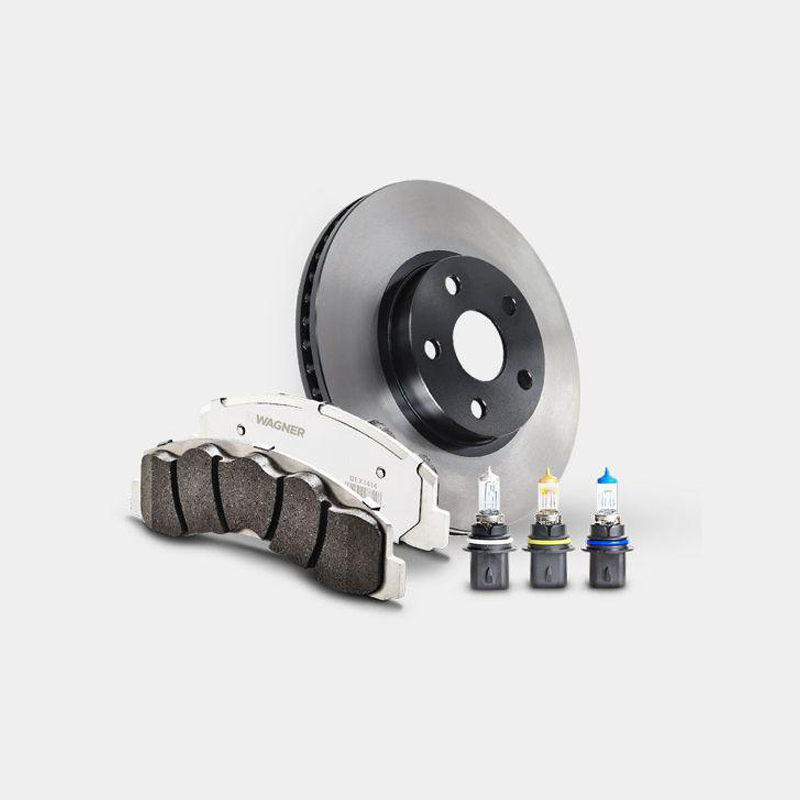
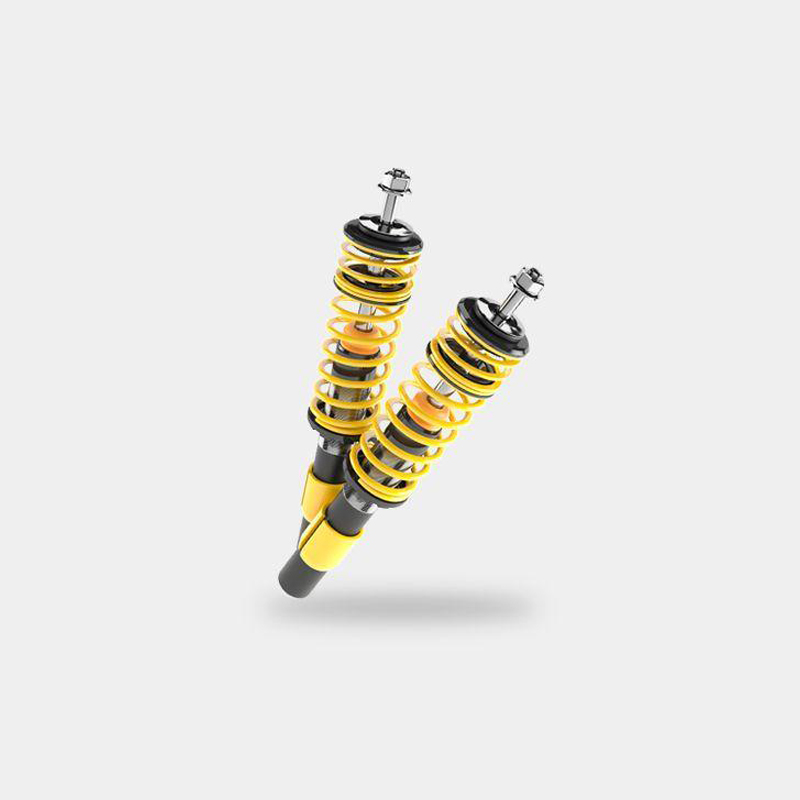
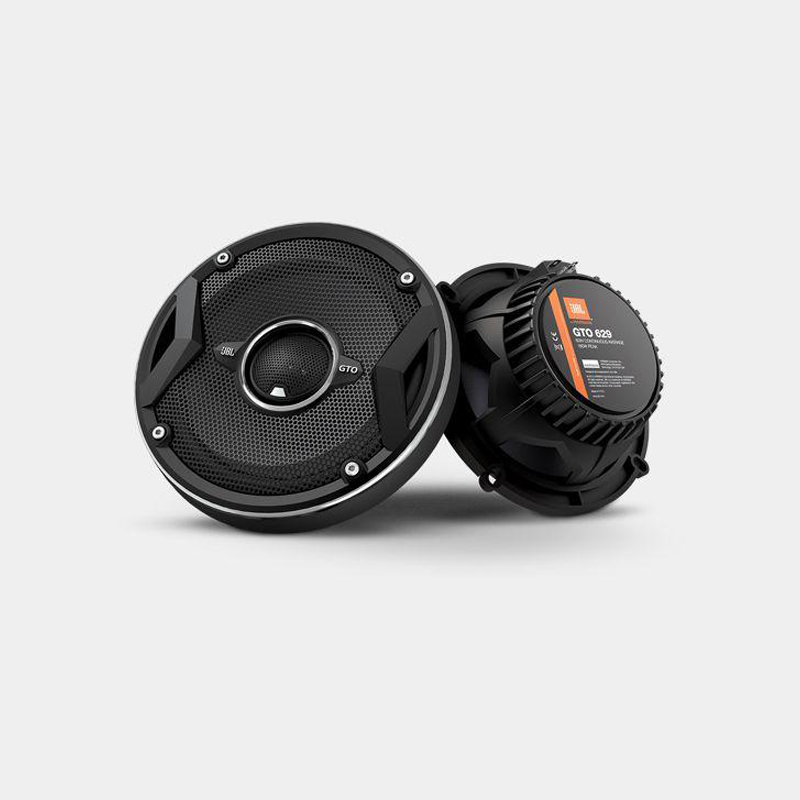
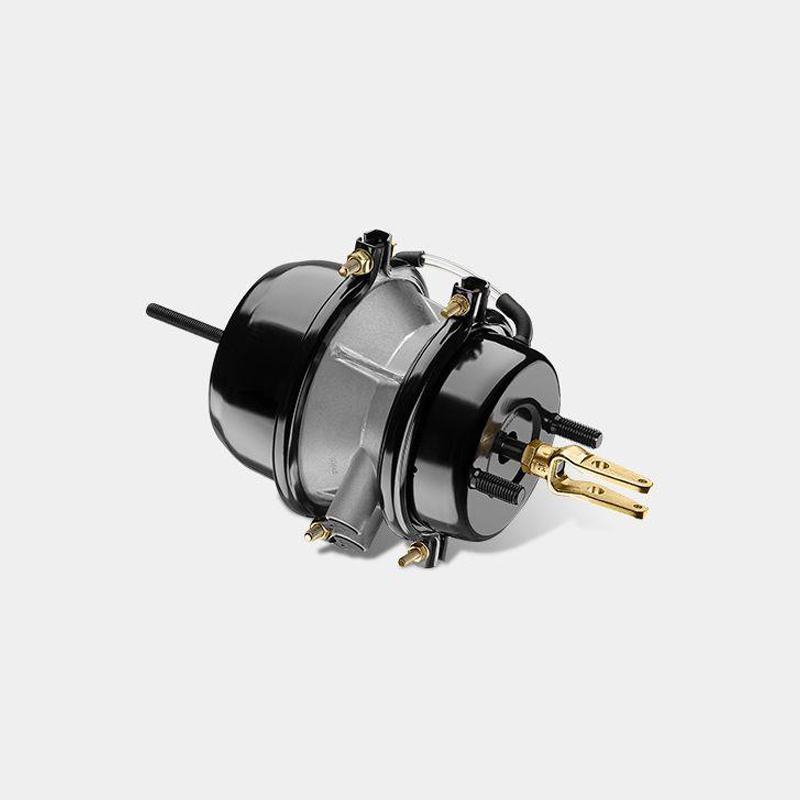






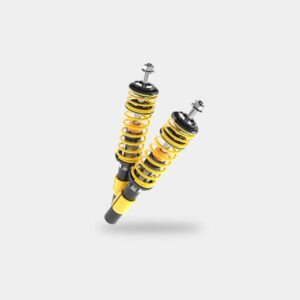



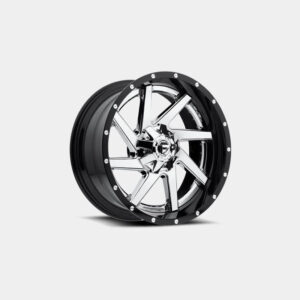

Reviews
There are no reviews yet.